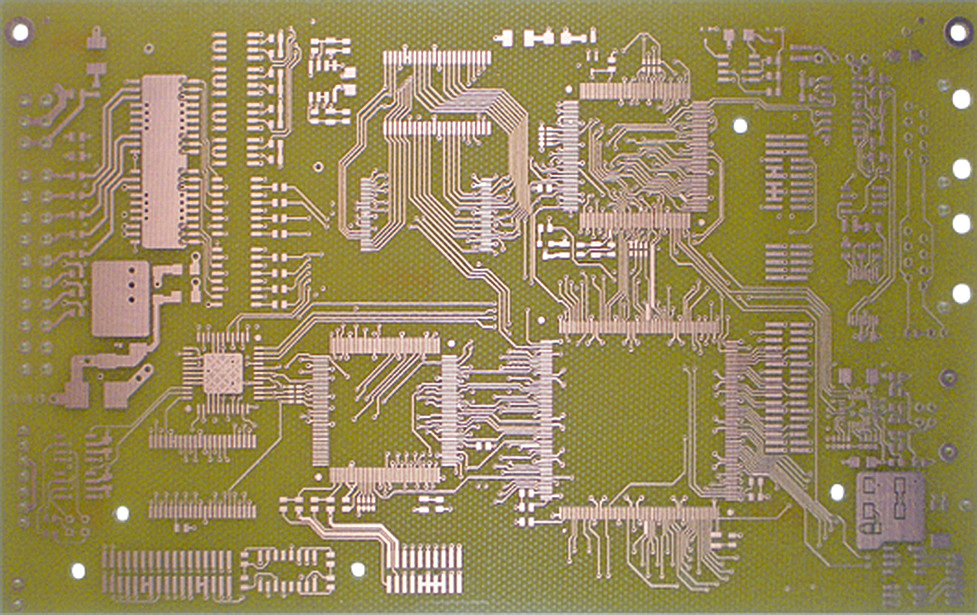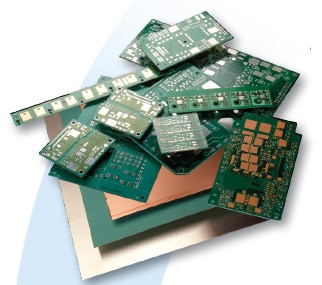the circuit board material
Circuit board material. the circuit board foundation, sometimes referred to as the base, comprises the substrate (or core) and the laminate. the substrate is the non-conductive dielectric material, typically chosen based upon the dielectric constant, dk. laminates when used in conjunction with substrates provide the copper foil or surface. A printed circuit board, or pcb, is a self-contained module of interconnected electronic components found in devices ranging from common beepers, or pagers, and radios to sophisticated radar and computer systems. the circuits are formed by a thin layer of conducting material deposited, or "printed," on the surface of an insulating board known as the substrate.. A printed circuit board (pcb) is a board made of different heat resistant insulating materials.conductive copper tracks are printed or etched onto this con-conductive base substrate. electronic components are then soldered onto this board making it a printed circuit board assembly ().. pcb materials can be classified according to their properties. the base material of a pcb (ccl – copper. 

the circuit board material Raw materials. the substrate most commonly used in printed circuit boards is a glass fiber reinforced (fiberglass) epoxy resin with a copper foil bonded on to one or both sides. pcbs made from paper reinforced phenolic resin with a bonded copper foil are less expensive and are often used in household electrical devices.. In pcb, on different layer of board, consist via, which has two pads in corresponding position on different layers. these are electrically connected by a hole through the board, which is shown in figure-2b. more flexible, relatively lower cost, and most important advantage of this type of pcb board is its reduced size which makes circuit compact..